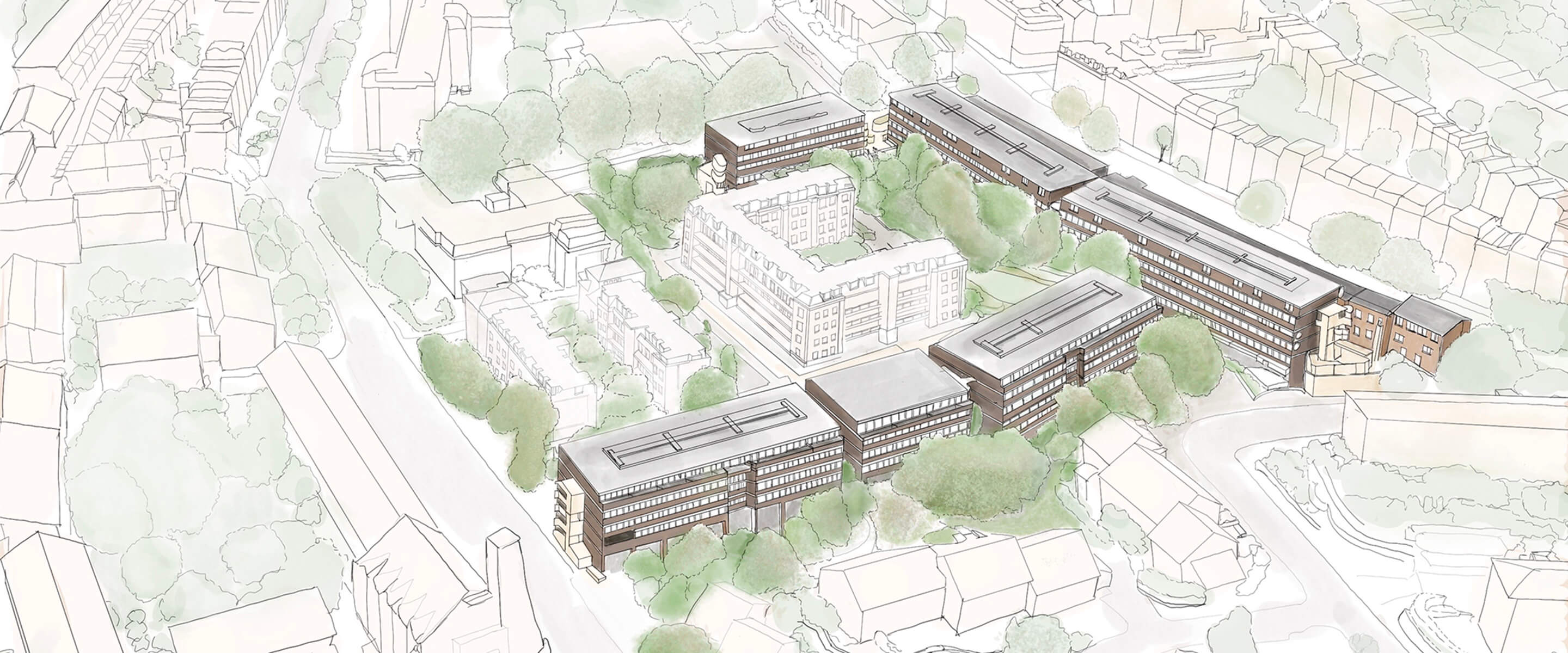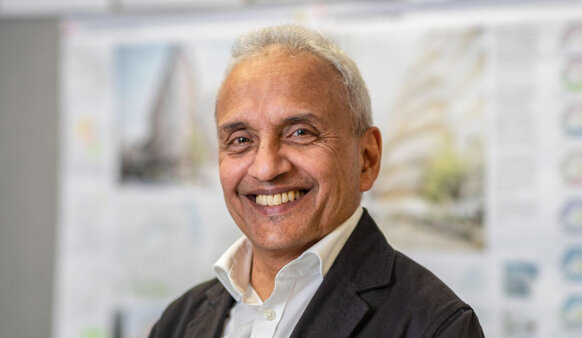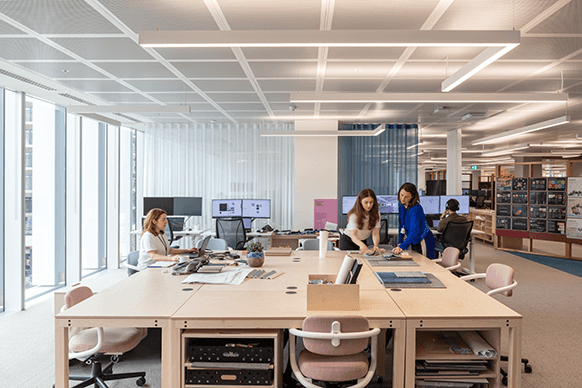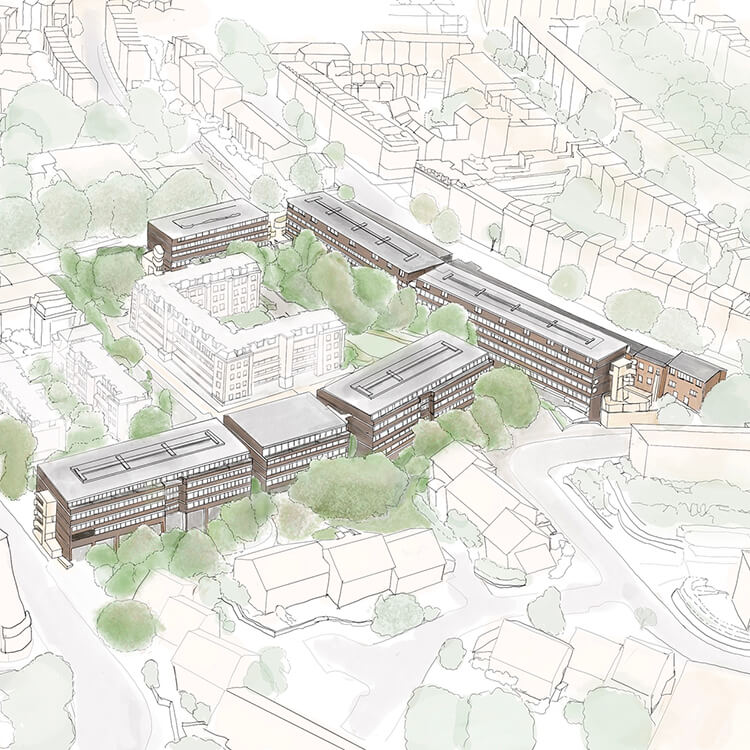
Lancaster West Estate Refurbishment
We collaborated with the Lancaster West Residents’ Association and Kensington & Chelsea Council in a co-design process to refurbish the 1960s Estate following the Grenfell tragedy.
The initial ideas phase of the process, completed at the end of March 2018, was the first step in the resident-led refurbishment. We co-led a team of six leading architectural practices to form a resident-led vision for the estate.
This included two large, public workshops that were held in January and March, alongside many smaller meetings that engaged with residents across the Estate to identify and discuss their specific challenges. At these events both residents and architects shared ideas and are continuing to work together to ensure these plans are realised. This was part of an extensive resident engagement programme, including Ideas Days, leafleting and door-knocking across the estate, block and cluster meetings, attendance at Residents’ Association General Meetings, home visits where requested, and telephone and email correspondence. As well as longer-term aspirations for the refurbishment, our work identified and prioritised a series of possible early projects which could be carried out before the main refurbishment works without affecting future plans.
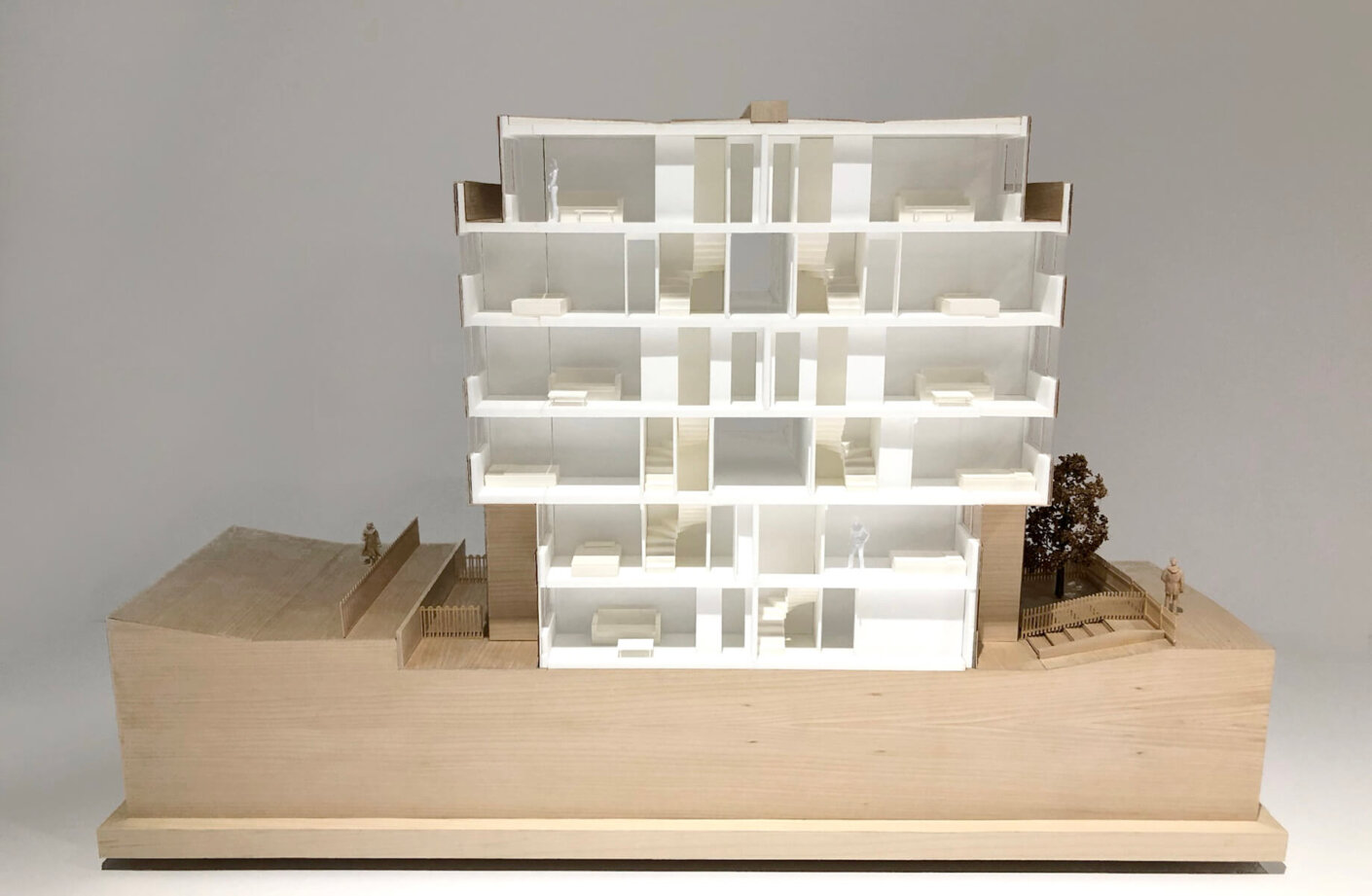
In October 2020, together with Karakusevic Carson and ECD Architects, we were chosen to deliver the £57.9m ‘once in a generation’ upgrade to the Estate, that will set a new standard for social housing and help rebuild the lives of the community affected by the 2017 tragedy. We will undertake the refurbishment of the east side of the estate, which includes retrofitting 207 council homes for its residents, and building a new nursery with outdoor play space for the community. Homes will be made more energy efficient through the replacement of two existing district heating systems, installing new, triple-glazed windows and high-quality, non-combustible insulation, and new ventilation systems. These measures will improve the thermal comfort of homes while reducing fuel poverty and carbon emissions.
Additional internal works include installation of new bathrooms and kitchens, that meet standards agreed with residents. External works include refurbishment of the blocks, upgrading of communal areas and improved security. All work will be done sensitively and in co-operation with the people who live in the Estate to ensure they can make real choices to changes on their homes and improve living conditions for individuals. There will also be no demolition works of any properties onsite meaning residents will not have to be relocated during the process.
The design team will continue to work with the residents to ensure these plans are realised. Additional funding was secured from the central government’s Social Housing Decarbonisation Fund and will go towards helping Lancaster West become a net-zero carbon estate by 2030, setting a new benchmark for eco-friendly social housing.
